- Open access, no page charges
- Short articles (3000 words)
- Non-profit community journal
- Highest-quality research in geochemical sciences
 Top 10 most viewed articles (cumulative count of HTML views) for the last 60 days.
Top 10 most viewed articles (cumulative count of HTML views) for the last 60 days.
 | Silicate and iron phosphate melt immiscibility promotes REE enrichment Abstract: Article views: 1629 |
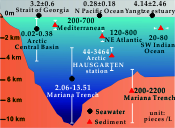 | Microplastics contaminate the deepest part of the world’s ocean Abstract: Article views: 1360 |
 | Dating recent aqueous activity on Mars Abstract: Article views: 1028 |
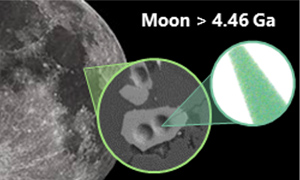 | 4.46 Ga zircons anchor chronology of lunar magma ocean Abstract: Article views: 943 |
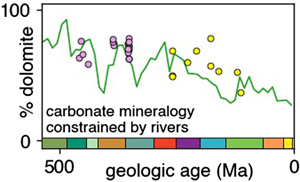 | River chemistry reveals a large decrease in dolomite abundance across the Phanerozoic Abstract: Article views: 755 |
 | Basalts record a limited extent of mantle depletion: cause and chemical geodynamic implications Abstract: Article views: 658 |
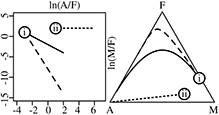 | A genetic classification of the tholeiitic and calc-alkaline magma series Abstract: Article views: 622 |
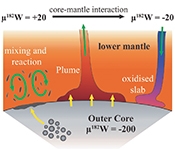 | 182W evidence for core-mantle interaction in the source of mantle plumes Abstract: Article views: 617 |
 | Refining Hf crust formation ages in Precambrian terranes Abstract: Article views: 593 |
 | Ocean mixing timescale through time and implications for the origin of iron formations Abstract: Article views: 586 |
 Top 10 most viewed articles (cumulative count of HTML views) for the last 12 months.
Top 10 most viewed articles (cumulative count of HTML views) for the last 12 months.
 | River chemistry reveals a large decrease in dolomite abundance across the Phanerozoic Abstract: Article views: 12461 |
 | 4.46 Ga zircons anchor chronology of lunar magma ocean Abstract: Article views: 10234 |
 | Microplastics contaminate the deepest part of the world’s ocean Abstract: Article views: 7493 |
 | A genetic classification of the tholeiitic and calc-alkaline magma series Abstract: Article views: 4159 |
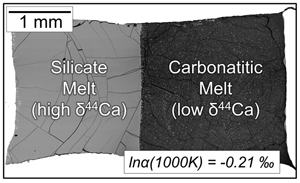 | Calcium isotope fractionation during melt immiscibility and carbonatite petrogenesis Abstract: Article views: 3894 |
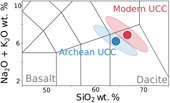 | The composition and weathering of the continents over geologic time Abstract: Article views: 3655 |
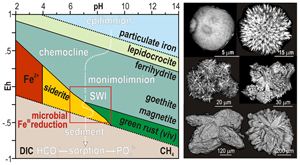 | Authigenic minerals reflect microbial control on pore waters in a ferruginous analogue Abstract: Article views: 3567 |
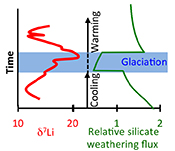 | Global climate stabilisation by chemical weathering during the Hirnantian glaciation Abstract: Article views: 3529 |
 | 182W evidence for core-mantle interaction in the source of mantle plumes Abstract: Article views: 3369 |
 | Environmental pressure from the 2014–15 eruption of Bárðarbunga volcano, Iceland Abstract: Article views: 3300 |
 Top 10 most viewed articles (cumulative count of HTML views) for all time.
Top 10 most viewed articles (cumulative count of HTML views) for all time.
 | Microplastics contaminate the deepest part of the world’s ocean Abstract: Article views: 63816 |
 | 4.46 Ga zircons anchor chronology of lunar magma ocean Abstract: Article views: 44244 |
 | Global climate stabilisation by chemical weathering during the Hirnantian glaciation Abstract: Article views: 40171 |
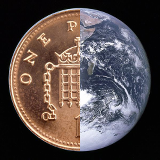 | Copper isotope evidence for large-scale sulphide fractionation during Earth’s differentiation Abstract: Article views: 32671 |
 | 182W evidence for core-mantle interaction in the source of mantle plumes Abstract: Article views: 30730 |
 | Environmental pressure from the 2014–15 eruption of Bárðarbunga volcano, Iceland Abstract: Article views: 29566 |
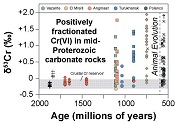 | Oxygenation of the mid-Proterozoic atmosphere: clues from chromium isotopes in carbonates Abstract: Article views: 28389 |
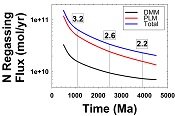 | Release of subducted sedimentary nitrogen throughout Earth’s mantle Abstract: Article views: 28251 |
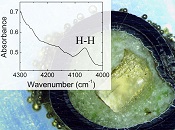 | Molecular hydrogen in mantle minerals Abstract: Article views: 26837 |
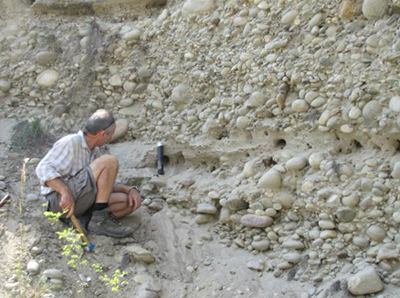 | Rapid response of silicate weathering rates to climate change in the Himalaya Abstract: Article views: 26205 |














